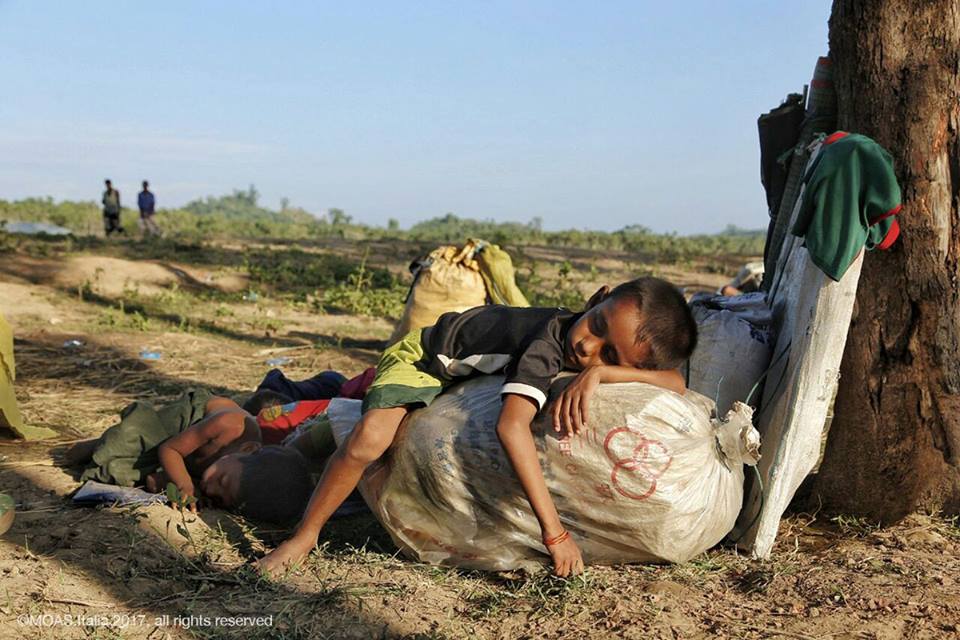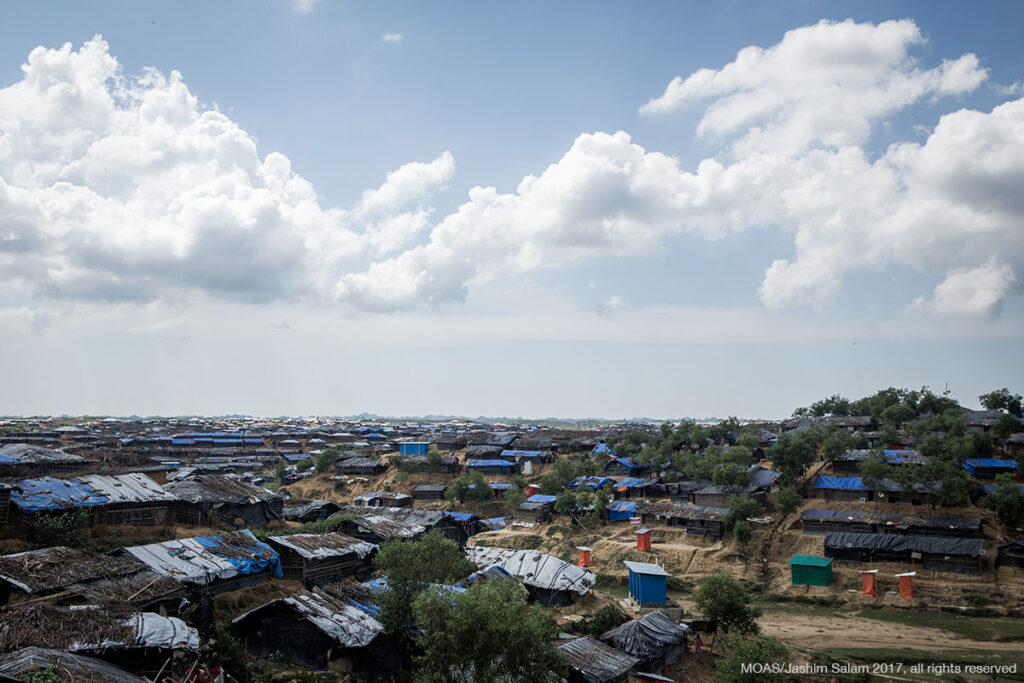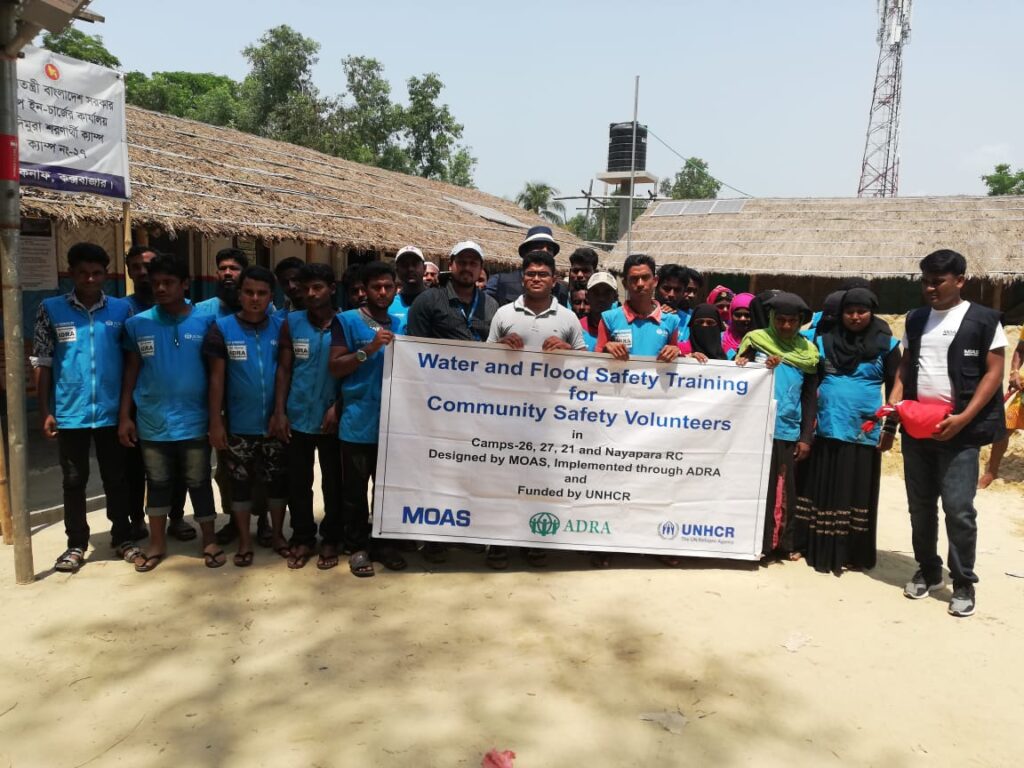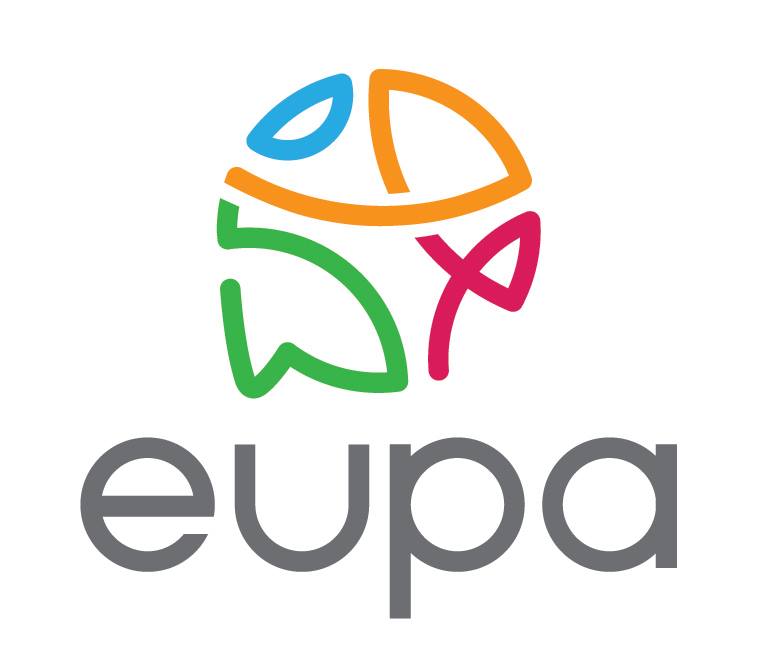The Rohingya crisis has led to nearly three quarters of a million people being displaced. Horrific stories of violence have emerged and hundreds of thousands of refugees are now living in overcrowded camps and settlements. Their journey from Myanmar to Bangladesh was extremely dangerous, and many more died whilst trying to reach safety.
For decades, the Muslim Rohingya have faced discrimination and daily violence in predominantly Buddhist Myanmar. Under a 1948 law, the Burmese government refuses to grant the Rohingya citizenship, rendering them stateless. Accessing employment, education and healthcare, as well as travelling within the country, is fraught with difficulty for most Rohingya because they are not registered citizens, and therefore are denied their basic rights.
In the last two years, the Rohingya have been subjected to what the Myanmar Army describes as ‘clearance operations’ and the UN describes as a ‘textbook example of ethnic cleansing’. On the 25th of August 2017, Myanmar state news reported that 12 security officers had been killed by members of the Rohingya insurgent group ARSA in Rakhine state. Amid pre-existing tensions, this was the catalyst that sparked a swift and violent backlash against the Rohingya population from the Myanmar Army and armed civilian groups.
‘’The military burned half my village. I saw them kill a whole family near my house. The next morning the local Rakhine burned the other half of my village.’’
In the following weeks, the brutality of attacks on the Rohingya provoked international condemnation: Rohingya villages were systematically burned to the ground, while reports of widespread killings, mass rape, infanticide and other human rights abuses flooded out of Rakhine State, the Rohingya’s ancestral (albeit disputed) home.
‘’In the morning, the military and extremists killed more than a dozen people, and women were sexually abused. I witnessed more than 20 people being killed.’’
Whilst Rohingya displacement is not new, but since August 2017 unprecedented numbers have fled to neighbouring Bangladesh to escape the atrocities. Over 727,000 people have crossed the border, arriving in the district of Cox’s Bazar.
‘’I came to Bangladesh before: in 1978, 1992, and after August 25th, 2017. I will never go back to Myanmar again. I lost everything there.’’

These journeys to Bangladesh were fraught with challenges. For those leaving in the aftermath of the 2017 violence, the journey took up to 17 days, often with limited food and water, no medical assistance and crossing through mountainous terrain. The main entry points to Bangladesh involved either crossing the Naf River, which runs along the Myanmar/Bangladesh border, or taking a boat along the coast from the Myanmar shores of the Bay of Bengal.
‘’I tried to cross the river at the border to escape, but the boat’s engine failed and it started taking on water. My wife, eldest son’s wife and granddaughter were in the boat. They all drowned.’’
Nearly 200 people drowned in August and September 2017 alone, and the current number of deaths along this route is unknown. Even before the 2017 crisis, many Rohingya drowned in the Andaman Sea en route to Malaysia, where they were lured with the promise of jobs by smugglers who often abandoned them to die. This human tragedy is compounded by the fact that there are few resources and little political will to establish the required Search and Rescue (SAR) provisions.
In 2015/16, MOAS ran a monitoring mission in the Andaman Sea using its SAR vessel, the M/Y Phoenix, to patrol the coastline, on the lookout for Rohingya vessels attempting the crossing from Myanmar. The IOM estimated the mortality rate for the Andaman route to be 1.2% during that period, although this number is likely to be much higher in reality, based on the stories of people who survived the crossing. MOAS returned to the Andaman Sea in April 2018 for a month-long observation mission, aiming to raise awareness of the need for a coordinated Search and Rescue strategy in this region.
Today, the Cox’s Bazar district of Bangladesh is home to nearly one million Rohingya refugees. Camps have sprung up quickly, with Bangladeshi and NGO agencies struggling to meet the demand for services and resources. MOAS has been on the ground since September 2017, opening two Aid Stations in Shamlapur and Unchiprang which have provided primary healthcare to over 90,000 people. Many of the camps in Cox’s Bazar are prone to monsoon flooding and storm surges, meaning that around 215,000 people are living in areas at high risk of floods.
As of this year, MOAS’ focus is on delivering Flood and Water Safety Training to community volunteers, to ensure there are trained first responders able to act quickly in the event of an emergency. Sharing its years of SAR expertise and experience in flood safety management, MOAS is building capacity amongst Rohingya refugees, empowering volunteers to deliver life-saving emergency assistance.
If you are interested in the work of MOAS, please follow us on social media, sign up to our newsletter and share our content. You can also reach out to us any time via [email protected]. If you want to support our life-saving operations, please give what you can at www.moas.eu/donate.



